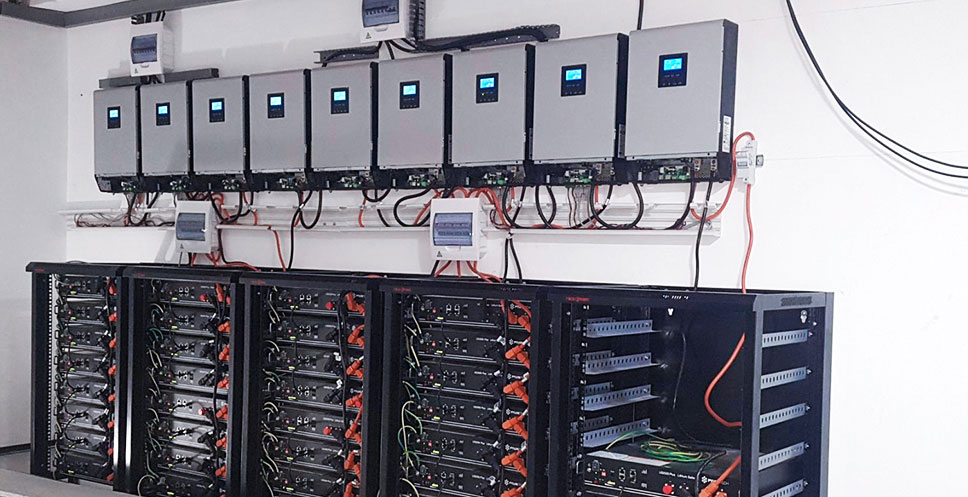Solar panels are a popular choice for UK homeowners looking to reduce their carbon footprint and energy bills. Installing solar panels involves a complex wiring process that requires careful planning and execution. This blog post will provide a beginner’s guide to wiring in solar panels in the UK.
Key Components of a Solar Panel System
Before we dive into the wiring process, let’s familiarise ourselves with the key components of a solar system:
- Solar panels: These panels convert sunlight into electricity.
- Inverter: This device converts DC (direct current) electricity from the panels into AC (alternating current) electricity that can be used in your home.
- Mounting system: This system secures the solar panels to your roof or ground.
- Wiring: This includes cables and connectors that connect the panels, inverter, and your home’s electrical system.
The Wiring Process
- Electrical Safety: Before starting any electrical work, ensure you’re working safely. It’s recommended to consult with a qualified electrician, but more on this later.
- Mounting the Panels: Install the mounting system on your roof, ensuring it’s secure and level, more on this too.
- Connecting the Panels: Attach the solar panels to the mounting system using the provided hardware. Connect the positive and negative terminals of each panel using the appropriate cables.
- Connecting to the Inverter: Run cables from the panels to the inverter. Ensure the positive and negative terminals are connected correctly.
- Connecting to Your Home’s Electrical System: Connect the inverter to your home’s electrical panel using a special cable provided.
- Testing and Commissioning: Once the wiring is complete, test the system to ensure it’s working correctly. A qualified electrician can help with this process, called commission testing.
Important Considerations
- Permits and Regulations: Check with your local council to determine if you need any permits or approvals to install solar panels.
- Grid Integration: Ensure your solar system is compatible with the UK’s electrical grid. Check it is approved as a G98 a G99 or G100, and that it is current.
- Maintenance: Regular maintenance is essential to keep your solar panel system running efficiently. This includes cleaning the panels and checking for any damage.
- Professional Installation: While it’s possible to install solar panels yourself, it’s highly recommended to hire a professional to ensure the system is installed safely and correctly.
By following these guidelines and seeking professional help, you can successfully install solar panels and start enjoying the benefits of clean, renewable energy.
Electrical safety
Both AC and DC can be dangerous leading to a shock or fire. The connections and cables need to be rated, fitted correctly and also have protection installed to protect yourself and home.
For DIY installation, you cannot install a new circuit yourself.
Keep an eye out for “very cheap” inverters online, also just because they say they are something they may not be, and are a big fire risk and waste of money. you should check they are on the register as only inverters on the register can be connected to the grid. – This does not apply to off grid.
Mounting the panels.
Panels need to be mounted securely and also what they are mounted to has to be able to hold the weight and also the uplift from wind. Some roofs are NOT suitable. Ground mount system or pergola and wall mount all have regulations as to what you can or cannot fit. There are lots of options for mounting solar panels. take a look at our mounting guides to make the most of the sun and the panels.
Connecting the panels.
There are a number of ways to connect solar panels, parallel and series is a start. series is plus to minus across all the panels which raises the voltage, plus to plus will increase the current (amps)
The inverter you use, or charge controller will have a limit on each of these measures.
MC4 connections are limited to a maximum current of 30 amps, there are new connections that have different ratings. you should stay well within the ratings or they will melt and there will be a fire.
AFD may be built into your inverter, you may want to add this, a AFD is a electrical arch detector (sparks) and should your solar panels break, then this should save you.

No responses yet